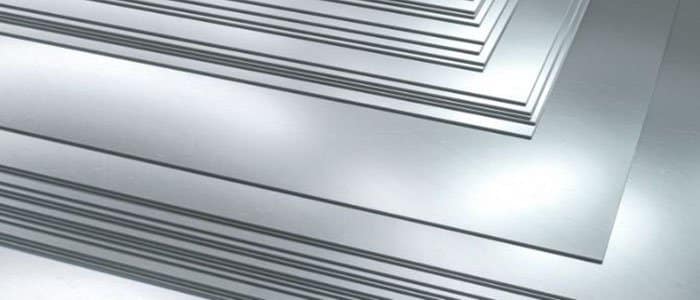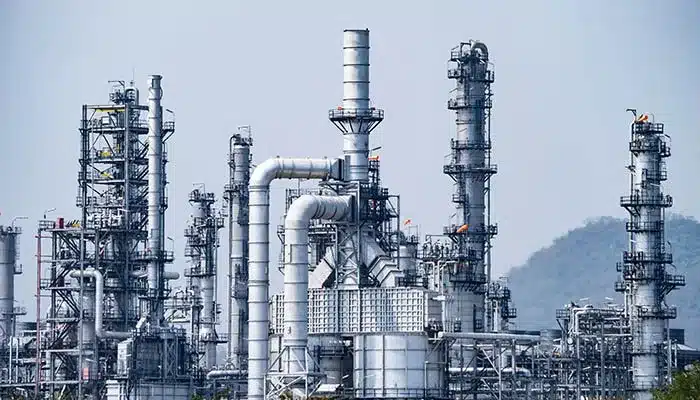When selecting materials for a project, engineers and designers often face a common question: “Which stainless steel is the right choice for this application?” Among the many options, 17-4PH and 316 stainless steel are two popular but very different alloys.
This article will break down the key differences between 17-4PH and 316 stainless steel, focusing on their properties, common uses, and how to decide which one is right for you.
Understanding 316 Stainless Steel
First, let’s look at 316 stainless steel. It belongs to the austenitic family of stainless steels, which are known for their excellent formability and resistance to corrosion.
The standout feature of 316 is its superior resistance to a wide range of corrosive environments. This is largely due to the addition of molybdenum in its chemical composition. This element makes 316 particularly effective against pitting and crevice corrosion caused by chlorides, such as saltwater and de-icing salts.
Key Characteristics of 316 Stainless Steel:
- Excellent Corrosion Resistance:Its primary strength, especially in marine, chemical, and coastal environments.
- Good Weldability and Formability:It is relatively easy to weld and form into various shapes, making it versatile for fabrication.
- Non-Hardenable by Heat Treatment:Unlike some other steels, its hardness cannot be significantly increased through heat treatment. It relies on its work-hardening properties.
Common Applications for 316:
Because of its corrosion resistance, you’ll find 316 in:
- Marine hardware and fittings
- Food processing equipment
- Chemical storage and processing tanks
- Medical devices and surgical implants
- Architectural features in coastal areas
Understanding 17-4PH Stainless Steel
Now, let’s turn to 17-4PH. The “PH” stands for Precipitation Hardening, which tells you its most important trait: high strength. This is a martensitic stainless steel that can be heat-treated to achieve very high levels of strength and hardness.
While it offers good corrosion resistance, it is generally not as resistant as 316 in harsh, chloride-heavy environments. Its main advantage lies in its unique combination of high strength and decent corrosion resistance.
Key Characteristics of 17-4PH Stainless Steel:
- High Strength and Hardness:Can be heat-treated to various strength levels, making it much stronger than 316.
- Good Corrosion Resistance:It performs well in many environments, but it’s not the top choice for severe chloride exposure.
- Good Machinability:In its annealed (softened) condition, it machines quite well.
- Magnetic:Unlike 316, it is magnetic.
Common Applications for 17-4PH:
Its strength makes it ideal for demanding applications, such as:
- Aerospace and defense components
- Pump and valve shafts
- Oil and gas industry equipment (e.g., downhole tools)
- Nuclear reactor components
- Gears and fasteners requiring high strength
Head-to-Head Comparison: 17-4PH vs. 316
To make the decision clearer, let’s compare them side-by-side on the most critical factors.
| Feature | 316 Stainless Steel | 17-4PH Stainless Steel |
| Primary Advantage | Superior Corrosion Resistance | High Strength & Hardness |
| Strength | Moderate | Very High (achievable via heat treatment) |
| Corrosion Resistance | Excellent, especially to chlorides | Good, but less than 316 in harsh environments |
| Weldability | Excellent | Good, but may require post-weld heat treatment |
| Cost | Generally lower and more widely available | Higher, due to its specialized nature |
| Magnetism | Non-magnetic | Magnetic |
How to Choose: A Simple Decision Guide
The choice comes down to a simple trade-off: corrosion resistance vs. strength.
Choose 316 Stainless Steel if:
- Your project’s biggest challenge is exposure to a corrosive environment, especially saltwater, chemicals, or chlorides.
- You need a material that is easy to weld and form.
- High strength is not the most critical requirement.
Choose 17-4PH Stainless Steel if:
- Your application demands high strength, hardness, and durability.
- You need a material that can withstand significant mechanical stress and wear.
- The corrosion environment is moderate, and you don’t need the extreme resistance of 316.




